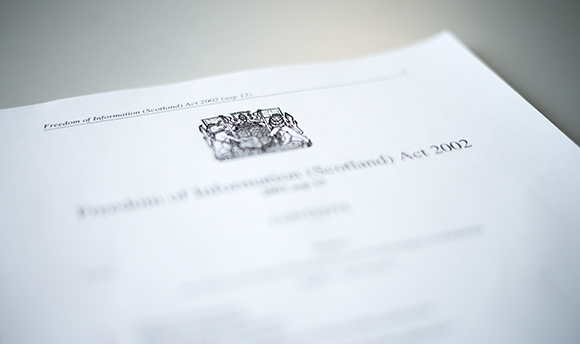Academic collaboration - site report and evaluation
Site report and risk assessment / evaluation report
6.1 One or more representatives of Queen Margaret University must visit the partner organisation to collect evidence and write a site report on the facilities available to support study. The site visit may be waived if the School can demonstrate that there is substantial information available to the University that would make such a visit unnecessary (for example existing reports from other independent bodies, such as national accrediting organisations). Note that no additional site visit report is required for a new programme with an existing partner, unless the programme requires specialist facilities or a substantial increase in learning and teaching capacity (including information technology infrastructure).
6.2 APB is responsible for identifying a suitable person or persons to undertake the site visit. This person should be a senior officer from professional services or an academic staff member with relevant expertise, as agreed by APB. He/she should have experience of working with collaborative partners and understanding of the infrastructure required to support teaching and learning. For programmes that require specialist facilities, it is appropriate for the main visitor to be supported by a subject expert from the host Division who can comment on the sufficiency of the specialist resources available.
6.3 Advice must be sought from Information Services regarding the adequacy of information and communication technology infrastructure.
6.4 The Collaborative Academic Lead, with support of staff from Governance and Quality Enhancement, must then complete a risk assessment report. This is required for all new collaborative arrangements, including Short Programmes and those with local support centres. For a new programme with an existing partner a programme specific risk assessment must be completed, using the template for existing partners.
6.5 The risk assessment and evaluation report should be based on scrutiny of evidence, such as copies of the partner’s policies and procedures. Reports from external bodies (accreditation bodies, other UK universities working with the partner) may be appended.
6.6 The purpose of the risk assessment and evaluation report is to allow for a realistic judgement to be made regarding the risks pertaining to the proposal: financial, physical and quality related. Where a risk is identified, control measures should be proposed.
6.7 The site report, risk assessment / evaluation report and detailed costings must be submitted to the Academic Planning Board along with the Stage 2 form. Only once the Academic Planning Board is satisfied that the level of risk is acceptable in relation to the potential benefits of the proposal, may a provisional date for validation be set.


